This question is not limited to Power BI, but it will help me explain my problem.
If you have more than one table in Power BI, you can establish a relationship between them by dragging a column from one table to the other like this:
And you can edit that relationship by clicking the occuring line:
And by the way, here are the structures of the two tables:
# Table1
A,B
1,abc
2,def
3,ghi
4,jkl
# Table2
A,C
1,abc
1,def
2,ghi
3,ghit
This works fine since column A in Table1 consists of unique values and can work as a primary key. And now you can head over to the Report tab, set up two tables, and slice and dice at your hearts desire either by clicking directly under A in Table1, or by introducing a slicer:
But the thing is that you can do that without having established a relationship between the tables. Delete the relationshiop under Relationships and go back to Report and select Home > Manage Relationships to see what I mean:
As the dialog box says 'There are no relationships defined yet.' But you can still subset one table by making selections in the other just like before (EDIT: This statement has been proven wrong in the answer from RADO) . I do know that you can highlight the slicer and select Format > Edit Interactions and deselect the tables associated with the slicer. But I'm still puzzled by the whole thing.
So is there something happening under the hood here that I'm not aware of? Or is the relationship between tables really defined by the very contents of the tables - in the sence that the existence of related values accross tables with the existence of a potential primary key (be it natural or synthetic) makes it possible to query them using SQL, dplyr verbs or any other form of querying techniques. And that you really do not need an explicitly defined relationship?
Or put in another way, does the establishment of a Power BI table relationship have a SQL equivalent? Perhaps like the following:
CREATE TABLE Persons (
ID int NOT NULL,
LastName varchar(255) NOT NULL,
FirstName varchar(255),
Age int,
PRIMARY KEY (ID)
);
I'm sorry If I'm rambling a bit here, but I'm just very confused. And googling has so far only added to the confusion. So thank you for any insights!







